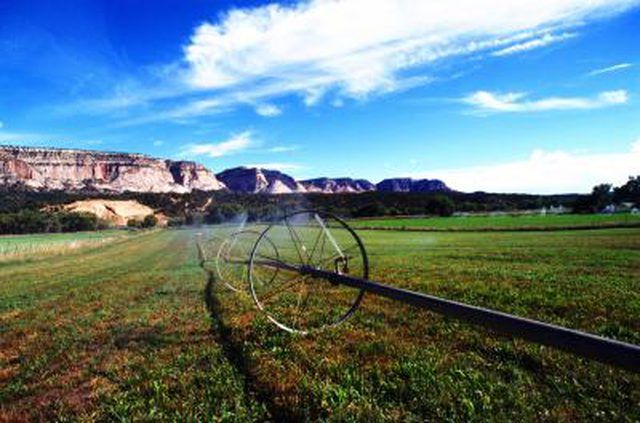Bulbs
Flower Basics
Flower Beds & Specialty Gardens
Flower Garden
Garden Furniture
Garden Gnomes
Garden Seeds
Garden Sheds
Garden Statues
Garden Tools & Supplies
Gardening Basics
Green & Organic
Groundcovers & Vines
Growing Annuals
Growing Basil
Growing Beans
Growing Berries
Growing Blueberries
Growing Cactus
Growing Corn
Growing Cotton
Growing Edibles
Growing Flowers
Growing Garlic
Growing Grapes
Growing Grass
Growing Herbs
Growing Jasmine
Growing Mint
Growing Mushrooms
Orchids
Growing Peanuts
Growing Perennials
Growing Plants
Growing Rosemary
Growing Roses
Growing Strawberries
Growing Sunflowers
Growing Thyme
Growing Tomatoes
Growing Tulips
Growing Vegetables
Herb Basics
Herb Garden
Indoor Growing
Landscaping Basics
Landscaping Patios
Landscaping Plants
Landscaping Shrubs
Landscaping Trees
Landscaping Walks & Pathways
Lawn Basics
Lawn Maintenance
Lawn Mowers
Lawn Ornaments
Lawn Planting
Lawn Tools
Outdoor Growing
Overall Landscape Planning
Pests, Weeds & Problems
Plant Basics
Rock Garden
Rose Garden
Shrubs
Soil
Specialty Gardens
Trees
Vegetable Garden
Yard Maintenance
How to Prepare Farm Land for Planting
How to Prepare Farm Land for Planting. Preparing farm land for planting cash crops or garden vegetables requires preparations. You cannot simply go out in your yard, dig a hole, place a seed and expect a vegetable or crop plant to produce. Though you may end up with a plant, farm land preparation requires quite a bit more attention to detail. Even...

Preparing farm land for planting cash crops or garden vegetables requires preparations. You cannot simply go out in your yard, dig a hole, place a seed and expect a vegetable or crop plant to produce. Though you may end up with a plant, farm land preparation requires quite a bit more attention to detail. Even hobby or personal farm land used to feed your livestock or family requires a more preparation than simply sticking a seed in the soil.
Things You'll Need
Shovel
Plastic spoon
Small disposable food storage container
Lawn mower or tractor pull-behind mower
Garden rake or tractor pull-behind hay baling machine
Push tiller or pull-behind tiller
Tractor pull-behind disking blades
Test the soilís pH levels, a critical step for growing cash crops on large farms. Knowing pH levels helps determine which type of cash crop will grow best in specific areas. This step is not necessary for a personal garden or crop, though it may help you determine the best location on your farm for a garden or crops. Test your own soil with a home kit or take soil samples to your county extension agent, who can provide you with more accurate test results.
Assemble a soil test by collecting soil samples. Dig several holes in areas you wish to place crops. To save stress and money, plant farm crops and gardens only in flat, level fields. This avoids the need to remove timber or suffer irrigation problems from sloping plots.
Collect soil samples from inside walls of each of the holes you dig. Use a disposable spoon to collect the soil easily and place samples in disposable food storage containers. Only a sprinkling of soil from each hole is necessary. Mix soils from the same location, but keep soil from different areas of a large farm separate from one another.
Mow the farmland area for crops or gardens. For large areas of land, a tractor pull-behind model of mower will save time. Weeds or hay over two feet tall will be hard for an average lawnmower to cut, so a larger device may be necessary. Remove grass from the area by raking or passing a hay-baling machine across to transform the cut hay and grass into bales of hay.
Till the farmland. Pass a small, push tiller across the crop and garden plots two or three times before planting farm crops. For large-scale farms, a pull-behind tiller will save time, especially when used after a disking blade. The land is now ready for planting.